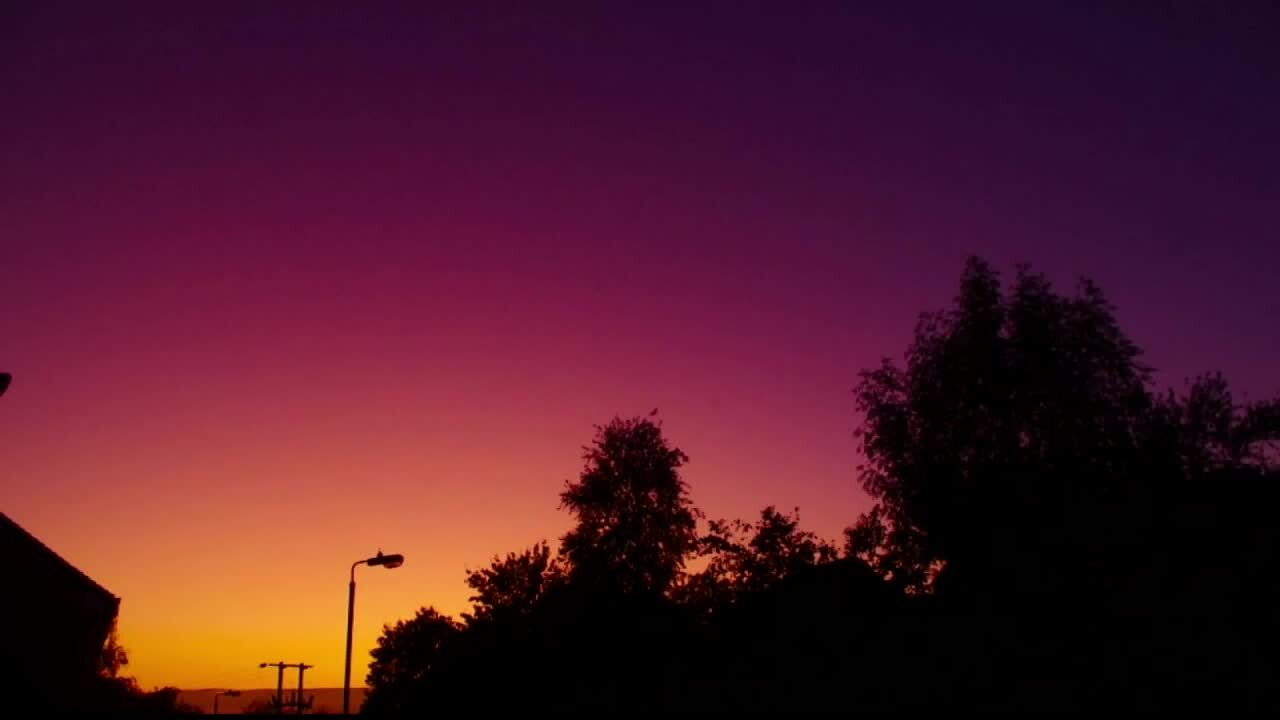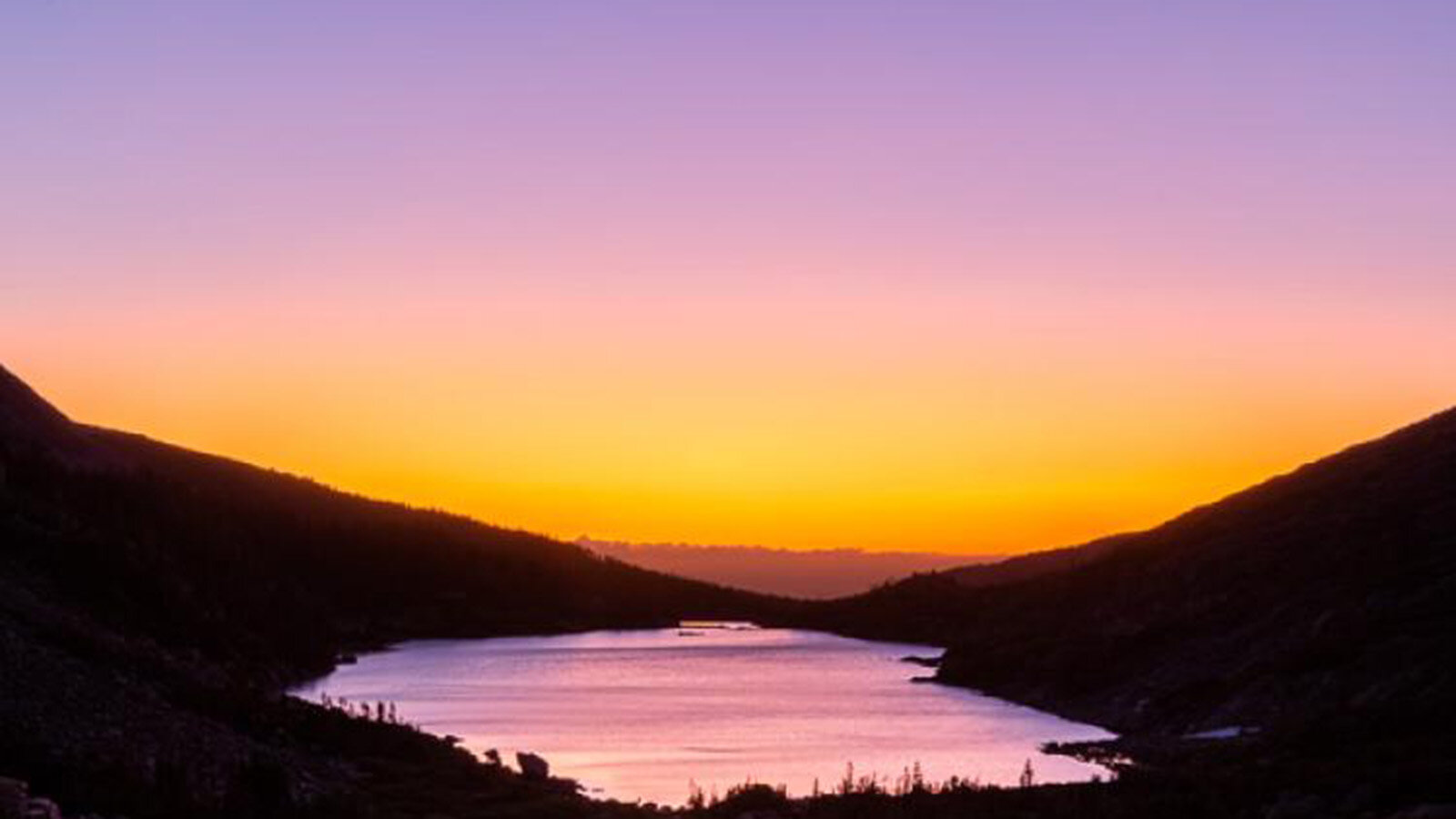nivek
As Above So Below
Apparently the eruption of ONE remote Russian volcano back in June has been tinting the sunrises and sunsets all over the world over a gorgeous purple hue...Seems legit?...


Remote Russian Volcano Turns the Skies Purple
The eruption of a remote Russian volcano in June has been tingeing sunrises and sunsets the world over a gorgeous purple hue.
According to researchers at the University of Colorado, Boulder, the volcano Raikoke spewed sulfur dioxide into the atmosphere, which led to the creation of tiny particles called aerosols. The aerosols scatter sunlight, resulting in more purples at sunrise and sunset.
"It makes you realize that you don't have to put a whole lot of aerosols into the stratosphere to change its composition," Lars Kalnajs, a research associate at CU's Laboratory for Atmospheric and Space Physics, said in a statement. "This was a relatively small volcanic eruption, but it was enough to impact most of the Northern Hemisphere."
Raikoke sits on the Kuril Island chain of the Kamchatka Peninsula. On June 22, it rumbled to life with an eruption of steam and gas that rose 1.2 miles (2 kilometers) into the air. It was the first time the volcano had erupted since 1924, according to the Smithsonian Institution's Global Volcanism Program.
Because of its remote location, the only threat from the eruption was the possibility of airplanes encountering the cloud of dust and ash, a danger that declined in the first few days after the event. But the volcanic plume did rise well into the stratosphere, the second layer of Earth's atmosphere, about 6.8 miles (11 km) up over the Kamchatka region, according to NASA's Earth Observatory. According to data from the Calipso satellite, the ash plume rose as high as 8 miles (13 km).
Kalnajs and his colleagues were interested in detecting signs of that ash plume in the stratosphere. After launching a weather balloon near Laramie, Wyoming, in August, the researchers found that aerosol layers in this level of the atmosphere were 20 times thicker than normal in the wake of Raikoke's eruption. The team plans to publish their findings in a peer-reviewed journal later this year.
Depending on the size of the eruption, aerosols in the atmosphere can affect a lot more than the sunset. In 1815, for example, Mount Tambora in what is today Indonesia spewed out a huge amount of sulfur dioxide. The resulting aerosols created a temporary global cooling, causing weird weather and crop failures. As a result, 1816 was known as "the year without a summer." Contemporary European artists captured some of the colorful sunsets caused by Tambora, a 2014 study found. Similarly, the purple sunrises and sunsets caused by Raikoke have inspired nature photographers this summer. In August, Colorado wilderness photographer Glenn Randall captured one of the stunning volcanic sunrises at Lake Isabelle, in Colorado's Indian Peaks Wilderness.
Though Raikoke's eruption was much smaller than Tambora's, the event was a good test of scientists' ability to monitor the atmosphere, Kalnajs said in the statement.
"A really big eruption would have a major impact on humanity, so it's something we need to be ready for," the scientist said.




Remote Russian Volcano Turns the Skies Purple
The eruption of a remote Russian volcano in June has been tingeing sunrises and sunsets the world over a gorgeous purple hue.
According to researchers at the University of Colorado, Boulder, the volcano Raikoke spewed sulfur dioxide into the atmosphere, which led to the creation of tiny particles called aerosols. The aerosols scatter sunlight, resulting in more purples at sunrise and sunset.
"It makes you realize that you don't have to put a whole lot of aerosols into the stratosphere to change its composition," Lars Kalnajs, a research associate at CU's Laboratory for Atmospheric and Space Physics, said in a statement. "This was a relatively small volcanic eruption, but it was enough to impact most of the Northern Hemisphere."
Raikoke sits on the Kuril Island chain of the Kamchatka Peninsula. On June 22, it rumbled to life with an eruption of steam and gas that rose 1.2 miles (2 kilometers) into the air. It was the first time the volcano had erupted since 1924, according to the Smithsonian Institution's Global Volcanism Program.
Because of its remote location, the only threat from the eruption was the possibility of airplanes encountering the cloud of dust and ash, a danger that declined in the first few days after the event. But the volcanic plume did rise well into the stratosphere, the second layer of Earth's atmosphere, about 6.8 miles (11 km) up over the Kamchatka region, according to NASA's Earth Observatory. According to data from the Calipso satellite, the ash plume rose as high as 8 miles (13 km).
Kalnajs and his colleagues were interested in detecting signs of that ash plume in the stratosphere. After launching a weather balloon near Laramie, Wyoming, in August, the researchers found that aerosol layers in this level of the atmosphere were 20 times thicker than normal in the wake of Raikoke's eruption. The team plans to publish their findings in a peer-reviewed journal later this year.
Depending on the size of the eruption, aerosols in the atmosphere can affect a lot more than the sunset. In 1815, for example, Mount Tambora in what is today Indonesia spewed out a huge amount of sulfur dioxide. The resulting aerosols created a temporary global cooling, causing weird weather and crop failures. As a result, 1816 was known as "the year without a summer." Contemporary European artists captured some of the colorful sunsets caused by Tambora, a 2014 study found. Similarly, the purple sunrises and sunsets caused by Raikoke have inspired nature photographers this summer. In August, Colorado wilderness photographer Glenn Randall captured one of the stunning volcanic sunrises at Lake Isabelle, in Colorado's Indian Peaks Wilderness.
Though Raikoke's eruption was much smaller than Tambora's, the event was a good test of scientists' ability to monitor the atmosphere, Kalnajs said in the statement.
"A really big eruption would have a major impact on humanity, so it's something we need to be ready for," the scientist said.


